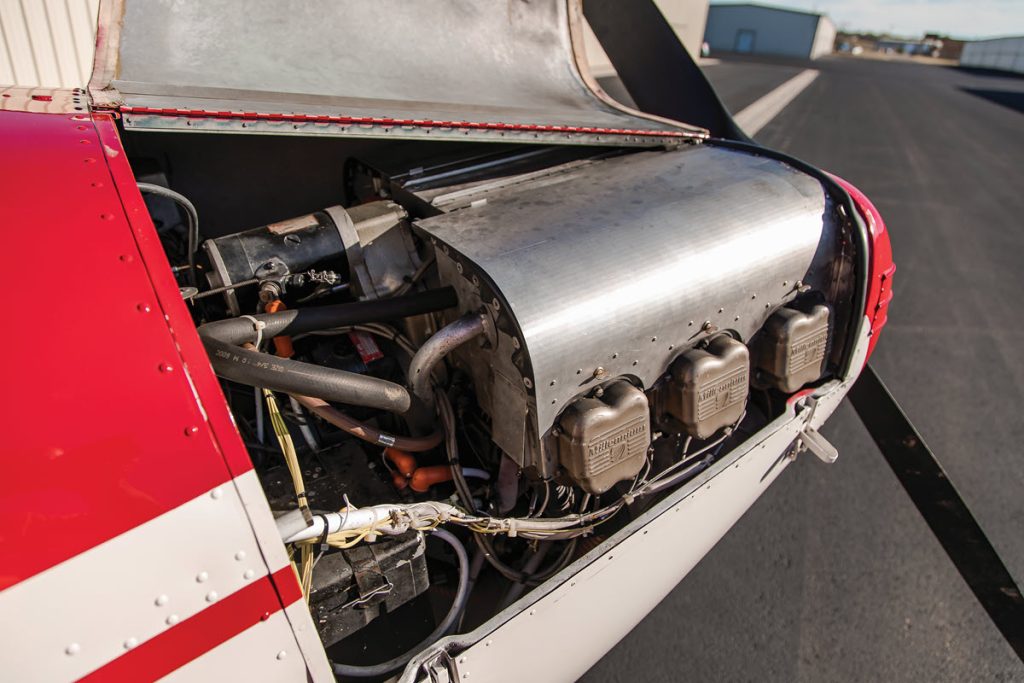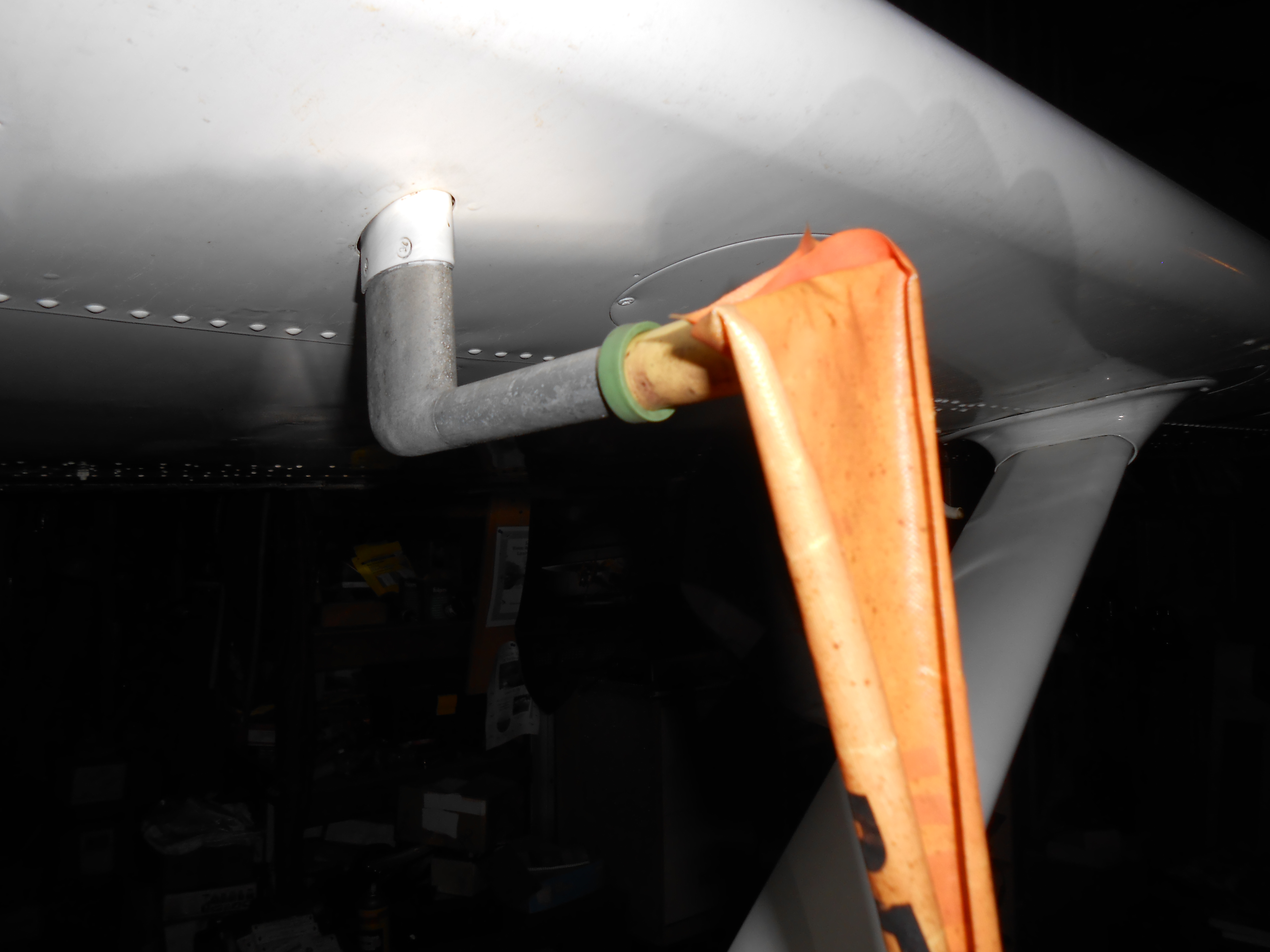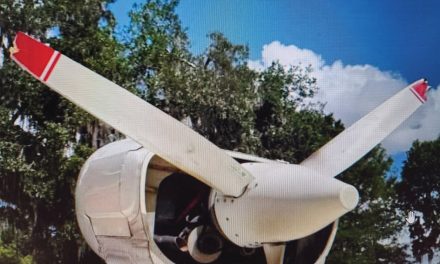
Answers By Erich Rempert, A&P/IA
Cessna Owner Organization receives many questions over our tech support line and we are grateful to A&P/IA, Erich Rempert, who takes the time to field these questions. Since every plane problem is unique and we are unable to visually inspect your plane, we advise you to consult with your A&P/IA.
Question: I have 3 gauges on my Cessna C-182S that have issues at the same time with the indicators fluctuating: the oil pressure indicator, right fuel indicator, fuel flow indicator. They are separate gauges and not always fluctuating at same time. Has anybody had the same type of electrical problems and help explain how to fix it. I have been to a Cessna maintenance shop with no luck.
Answer: When they are fluctuating, turn equipment off and on and see if you can isolate what appliances are causing the fluctuations. Don’t overlook the alternator when you’re doing this. If you can’t identify the cause with available switches, pull circuit breakers to isolate the circuit that is the culprit. Of course, don’t compromise safety of flight to do this, on the ground is preferred. Sounds like an intermittent load (or current), like strobes or a beacon/wig wag. That’s about all I can suggest given the information provided.
Question: On takeoff after brake release, the best RPM I can get is 2500, which is the top of the green arc. I can’t get to 2700 except for once in level flight with everything full forward. This is a recently purchased Cardinal RG with: new prop, new engine, and new governor. The A&P who did the annual just before I bought it said it was fine as did one other. I don’t think so.
Answer: Is this a constant speed prop? If it’s not you won’t see redline without air moving through the prop. Look up what static RPM should be and compare that spec to what you’re getting.
Assuming it is (you said new governor), check to make sure the arm on the governor contacts its stop when the propeller control is full forward, before the control hits the panel. If it doesn’t it needs a rigging adjustment.
If it does contact the stop, check the rpm with an optical tach to verify the tachometer in the aircraft is accurate. If it’s not, replace the tach (preferably with an electronically triggered variant).
If the governor hits the stop, the tach is correct, and the rpm is in fact low. Adjust the stop on the governor if possible for more RPM. Keep in mind that even though it’s a constant speed prop you may get more RPM when air is moving through the prop than you do static, so for your final adjustment, fly the airplane and check it in the air.
If you have gone through the steps outlined above and still cannot achieve proper RPM, call the shop that provided or set up the prop & governor and explain what you’ve found. Either the governor is not set up right or the pitch stops on the prop are wrong.
Of course, anything besides visual checks and testing are territory to have your mechanic by your side.
Question: Looking for information on compromised rivets. The rivets have been sanded down.
Answer: Rivet heads that are sanded down need to be replaced. If they cannot be bucked, pulled rivets should be used.
Question: I’m considering upgrading the overhead bulbs in my TR182. Reviewed the parts catalog but couldn’t find an answer that makes sense to me. For the Cessna tech gurus: What type base(es) are the bulbs found in the overhead area? For reference, I’m considering ordering these as drop-in replacements for the current bulbs (www.aero-lites.com/ product-page/313F). Will these fit? Any other feedback is also welcome. Thank you.
Answer: The Illustrated Parts Catalog (IPC) will identify the correct part number for these bulbs (lamps) for your aircraft. You could use that information to identify an LED replacement that would work; however be careful in doing so.
Not to be a wet blanket (I hate to say it) but while it seems like an LED replacement bulb would be no big deal, it seems for some reason the FAA doesn’t see it that way. In fact, the popular LED landing and taxi light bulbs everyone wants are actually STC’d (Supplemental Type Certificate) in many cases.
That means your airplane must be on the Approved Model List (AML) and an IA must file a 337 for the alteration to type design, and not “every” airplane is on the AML.
Some lamps are TSO’d (Type Standard Order) which essentially means “this part X, is equivalent to that part Y”. You’ll see this with compasses for example. It allows some latitude in what compass you can install and be legal.
So, if you find bulbs that are TSO’d to be equivalent to what’s listed in the parts manual you’re good to go. If they aren’t and you use the “who will ever check?” method; that’s your own choice as the owner; but if your airplane goes in for inspection and the IA doesn’t like the bulbs, you may be changing them back to incandescent (at least for a while).
Also, if you knowingly operate an airplane that doesn’t meet type design, that exposes you to multiple cans of worms, and if your IA is a buddy who signs it off knowing you have questionable bulbs, they are putting their ticket on the line with their principal inspectors, and therefore their livelihood, and possibly worse.
Your link is to a business that looks geared towards aircraft, and unless the bulbs carry the proper paperwork and certification that’s meaningless unless your Cessna 182 is Experimental (I assume it is not).
This is a lengthy explanation that pretty much says “you probably shouldn’t do that”, but all the pertinent information is here to allow you, the owner, to make your own informed decision regarding the maintenance of your aircraft. Not only is that your right, it’s your responsibility.
The rest of this article can be seen only by paid members who are logged in.Have a website login already? Log in and start reading now.
Never created a website login before? Find your Customer Number (it’s on your mailing label) and register here.
JOIN HERE
Still have questions? Contact us here.





